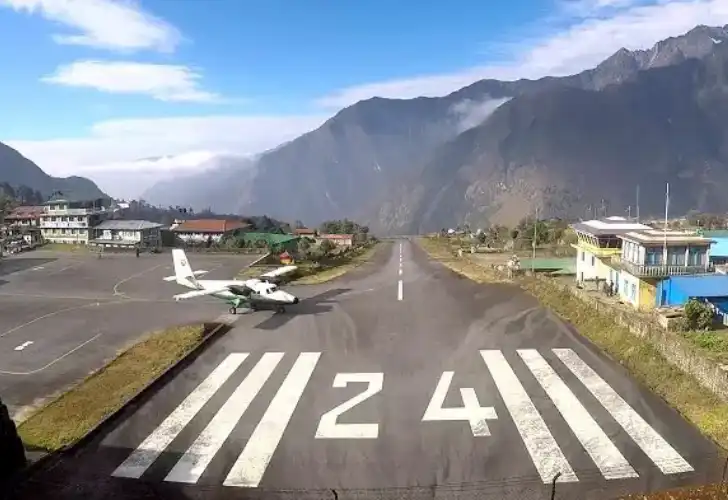Sometimes, the best option for you to travel is taking a plane. But you may be more hesitant to take a plane from these airports. For one reason or another, they’ll really make the customer fear for their lives. Here are some of the most dangerous airports in the world.
Tenzing-Hillary Airport
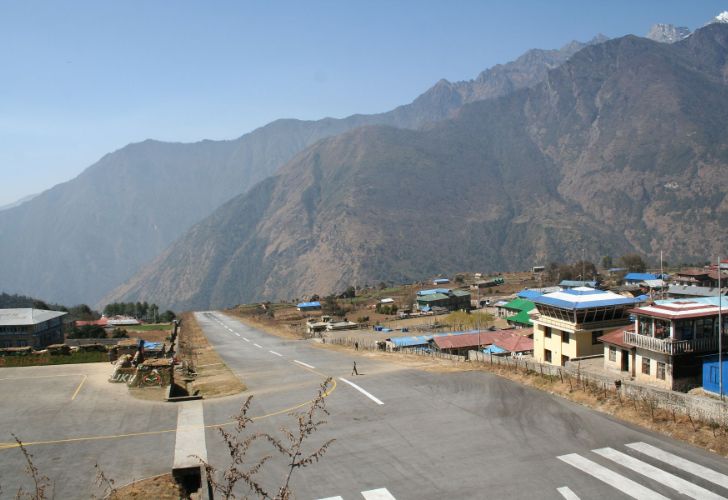
Also known as Lukla Airport, as it’s in Lukla, Nepal, the airport is located 9,838 feet above sea level. And it’s surrounded by mountainous terrain. Not to mention, the runway’s only 1,729 feet, compared to the 7,000-10,000 feet most other runways have. Not to mention, one end of the runway is a 2,000 foot drop downwards and the other is a wall. The weather there is incredibly unpredictable and it’s not uncommon for flights to be canceled for sudden snow or fog. It doesn’t matter how many precautions they take, the strip is subject to many plane crashes. As recently as 2019, three people died in a crash when their plane veered off and hit a helicopter.
Princess Juliana Airport
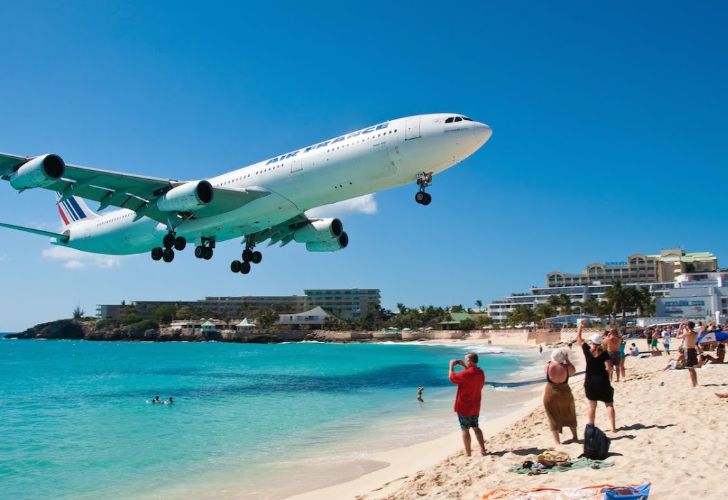
Princess Juliana Airport is located on the Caribbean island of St. Maarten. It also just so happens to be located right next to a public beach. Whenever a plane arrives, it looks like they might land right on top of you. Although you do get a big blast of wind and sand. Comparatively speaking, the runway is small, at 7,100 feet. While aviation geeks often try to get selfies with the jets, there are plenty of signs warning people to not get too close, as the wind can easily topple people over and cause injuries. In 2017, a woman even died from head injuries she received after being knocked over while standing by the fence of the airport.
Paro International Airport
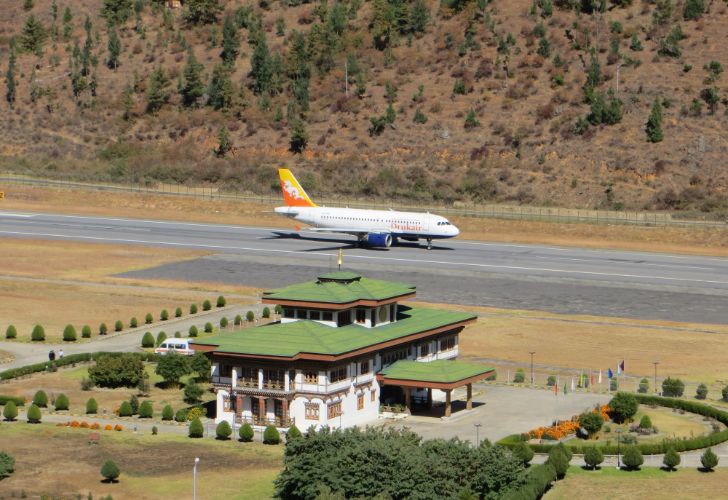
Paro International Airport is so difficult to navigate through that only 17 pilots are even allowed to land there. It’s the only international airport in Bhutan, nestled in the Himalayas 7,364 feet above sea level. Arrivals and departures are only during the day and the pilots have to be particularly skilled or else they might crash into a mountain. The runway’s pretty short too, at 6,500 feet.
Madeira Airport
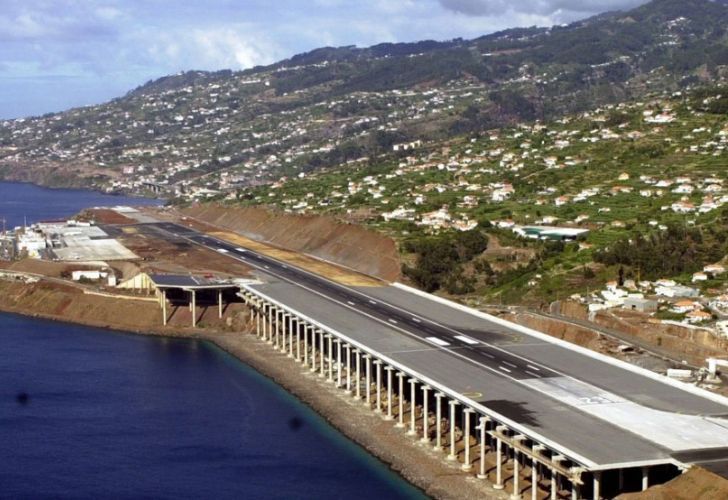
Also known as Cristiano Ronaldo International Airport, Madeira Airport is known for its short airstrip between cliffs and the ocean. It was actually extended with 180 columns over the water to make it safer to land on. Not only is the airstrip short, but the winds from the Atlantic make landing an even more dubious task.
Narsarsuaq Airport
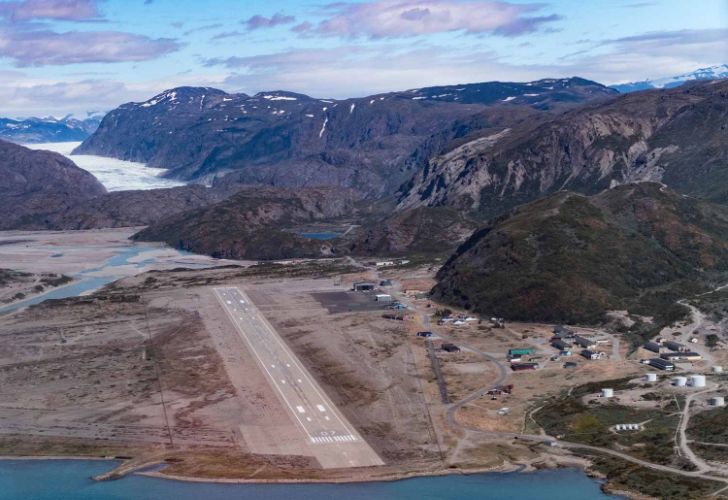
This airport is located in the southern part of Greenland. It’s situated amid multiple fjords, not particularly safe for landing planes. The runway’s only 6,000 feet as well, making it even trickier to land. Pilots even need to a make a 90 degree turn, which can be quite difficult in high winds. And let’s not forget the nearby volcanoes that reduce visibility by spewing ash into the air. Because of how dangerous it is, only daytime landings and take-offs are permitted.
Gibraltar International Airport
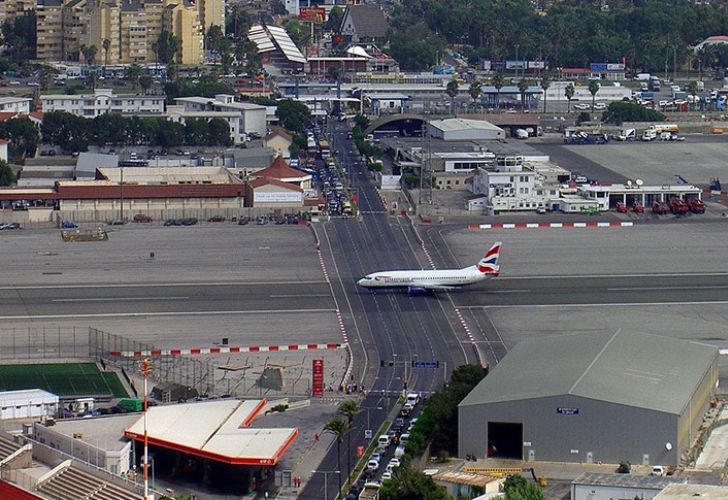
The Gibraltar International Airport really does have one of the strangest runways. First of all, the end of the runway abruptly ends at the sea, so you have to break as soon as you touch down. But the most notable part is that it goes right over the street in the middle of a bustling city. Every time a plane takes off or arrives, that road has to be temporarily closed.
Courchevel Altiport
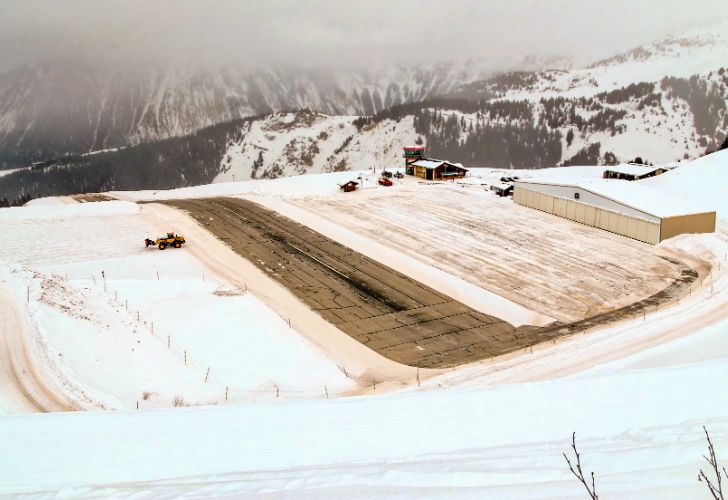
If you’ve ever been skiing in the French Alps, you might know about Courchevel Airport. ALthough, not necessarily because that’s where you flew in from. It’s an airport 6,500 feet above sea level with a runway only 1,700 feet long. It’s also a steep runway, with a gradient of 18.5%. And let’s not forget that you’re in the French Alps. So a series of mountains will be greeting you as soon as you take off until you get to a high enough altitude.
Juancho E. Yrausquin Airport
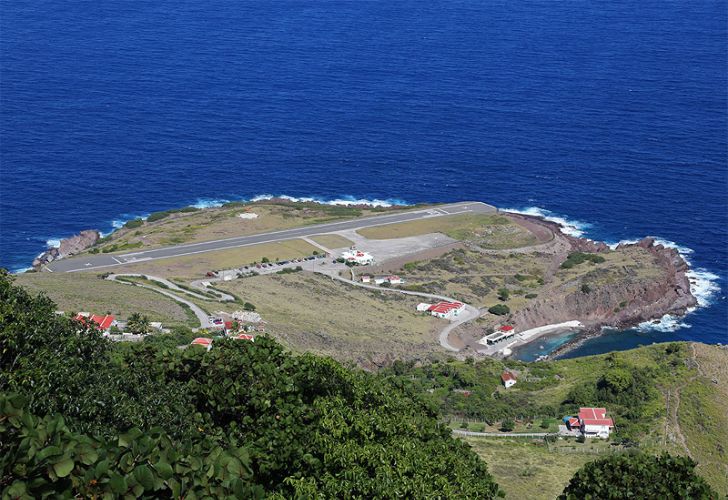
IF you’re going to Saba Island from St. Maarten, you might as well take a ship instead of risking the 15-minute flight. The runway at the airport is only 1,312 feet. And it’s flanked by hills on one side. Any misjudgment from the plane could lead you careening into the waters of the Caribbean.
St. Helena Airport
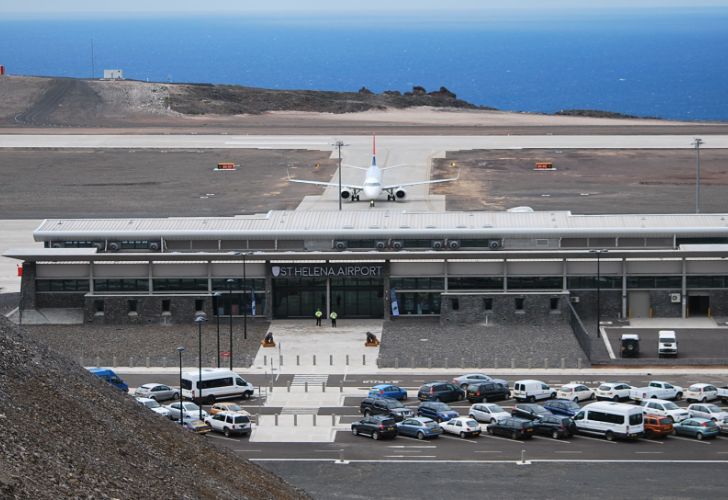
St. Helena is a remote British Overseas Territory in the Atlantic. It was initially only accessible through a five to six day boat ride from Cape Town. So, of course, an airport was built. But when construction was completed in 2015, it became apparent how dangerous the airport was. The wind shears from the ocean that hit the cliffs made it too dangerous to actually land flights. St. Helena Airport was actually dubbed the “world’s most useless airport”. It wasn’t able to actually start commercial operations until 2017, with only pilots that have received special training being allowed to land there.
Toncontín International Airport

This airport is in Tegucigalpa and is known as one of the world’s most dangerous. It’s the site of multiple crashes, surrounded by mountains, and requires pilots to make a 45-degree turn minutes before touchdown in a valley. Then they have to navigate through neighborhood homes. Overshooting the 7,000 foot long runway can also prove deadly. A new airport in Comayagua Valley is intended to replace Toncontín, called Palmerola International Airport. It’s just a lot less dangerous than what they have now.
Congonhas Airport
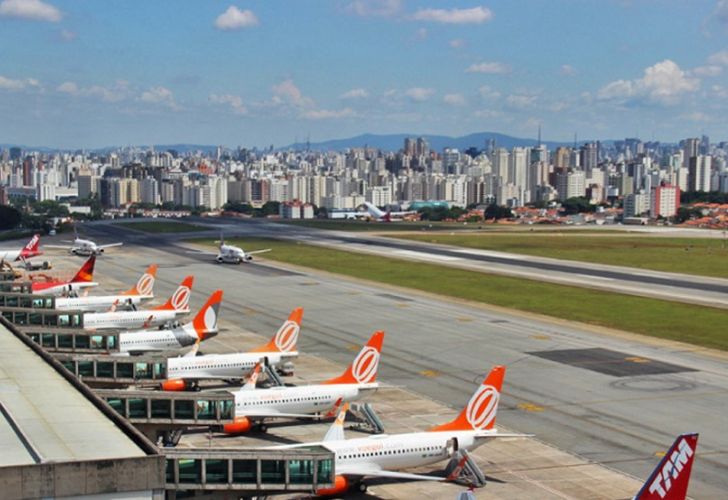
The airports in Sao Paulo are known for their short length, tricky approach, and slippery conditions. And Congonhas Airport is no different. In 2007, a plane overshot the runway and hit a petrol pump and warehouse. The crash ended up killing 187 people onboard and 12 on the ground.
Telluride Airport
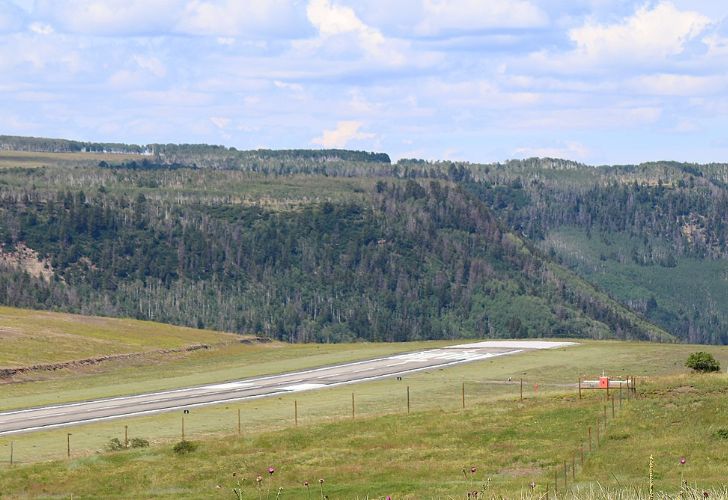
The Telluride Airport in Colorado is the highest-elevation commercial airport in the United States. It’s 9,070 feet above sea level. And the mountain winds with the steep cliffs of the San Juan Mountains make it all the more challenging to fly around after taking off. And even more difficult to touch down.
Aspen/Pitkin County Airport
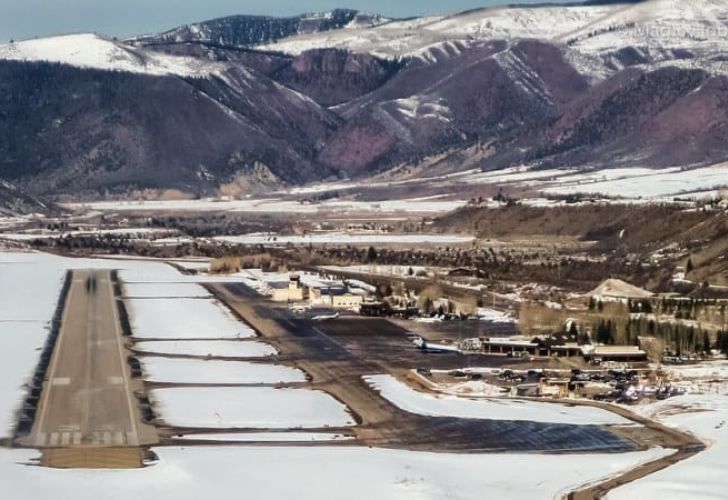
In the popular ski town of Aspen in the United States is the Aspen/Pitkin County Airport. It’s elevation is 7,800 feet. There have been multiple crashes at this airport due to quickly changing wind conditions, low visibility, and the mountains. It’s certainly one of the most difficult runways in the US to land on.
Skiathos Alexandros Papadiamantis Airport
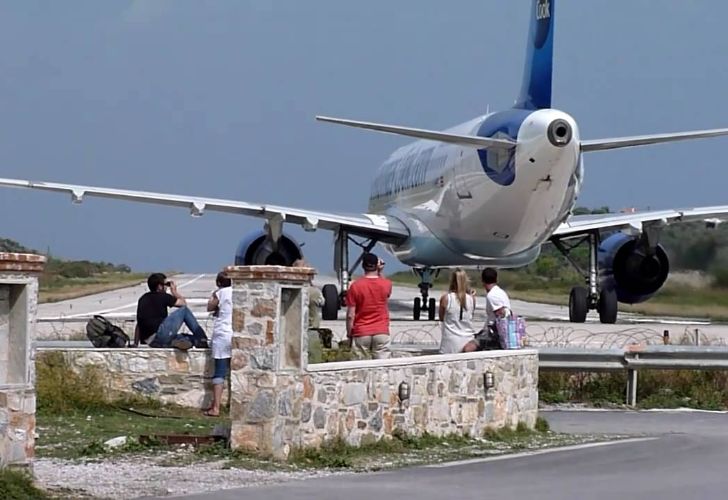
This airport’s located on the island of Skiathos, near a beach and yacht docks. It’s another airport where people can get particularly close to the descending airport. Of course, the jet blasts can be dangerous to anyone near the runway. And that runway’s only 5,341 feet to begin with. Some planes are even reported to take off with near-empty fuel tanks to keep the plane light enough to take off, then refuel at the port city of Thessaloniki.
Gustaf III Airport
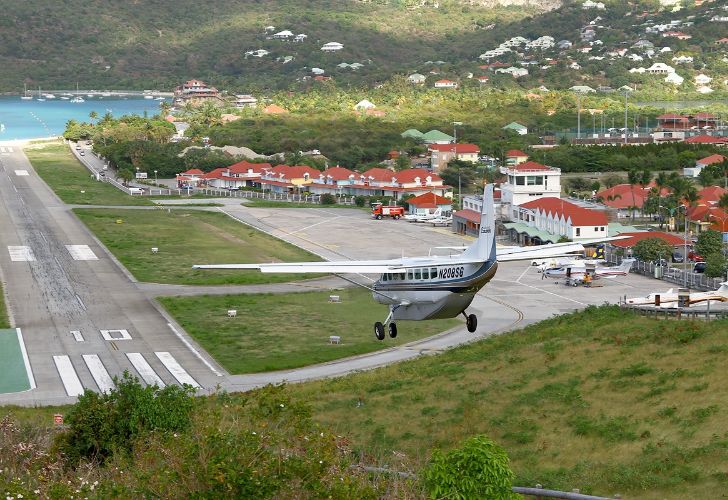
This is another airport where only specially trained pilots can land at. It’s particularly difficult to descend over a hilltop and then land on a 2,100 foot runway that ends at a beach. The landing strip doesn’t even have any lights so operations are limited to the day. Because the airport only serves small regional commercial aircraft and charters, most people that come to visit need to transfer from Princess Juliana International Airport first. And if you remember, that’s another airport that’s already on this list.
Kansai International Airport
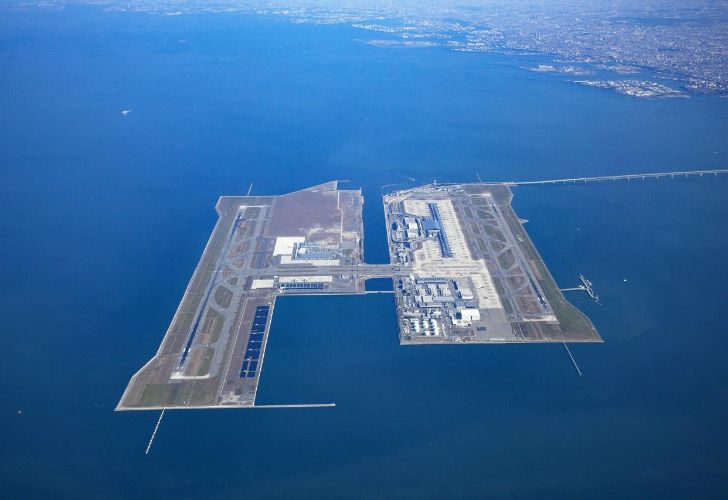
This airport was built on two artificial islands in Osaka Bay in Japan. Although the airport actually is in danger of sinking because of climate change. Since it opened in 1994, it had already sunk by 38 feet. Some parts of the airport have already reached the minimum elevation stage of 13 feet. By 2008, the airport had already cost $20 billion to repair. And that was before the airport was flooded in 2018, which left 3,000 passengers stranded overnight after a ship crashed into the bridge, which linked it to the mainland.
Tioman Airport
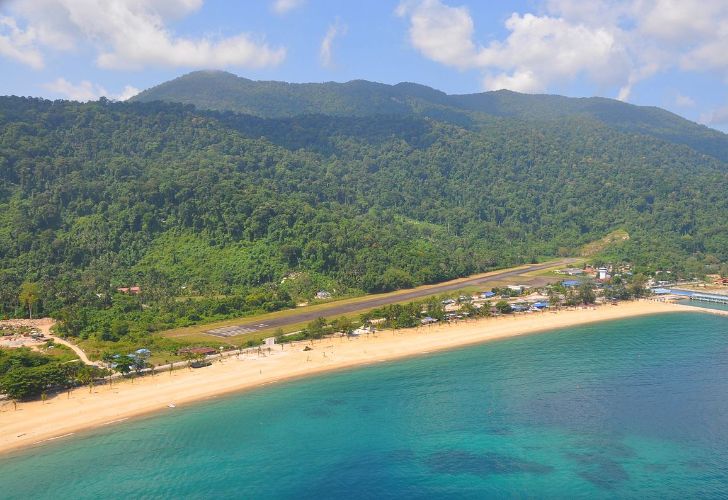
When going to Tioman Aiport you head straight for a mountain, then make a 90 degree turn to line up with a 3,254 foot air strop. Then the end of that runway has a cliff with a steep fall into the ocean. There was a proposal to extend the runway, but it was never picked up, as were plans to build a second airport in the area.
Agatti Airport
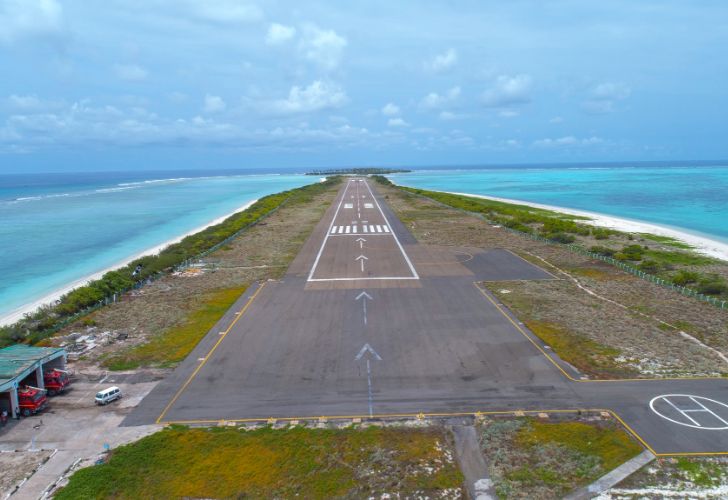
This airstrip is at the souther tip of Agatti Island, and it’s the only airport for the 36 islands in the Lakshadweep Archipelago. There was a proposal to extend the 4,000 foot runway to support larger aircraft, but it’s not yet been completed. Rising sea levels and coastal erosion also threaten the airport and residential areas on the islands.
Svalbard Airport
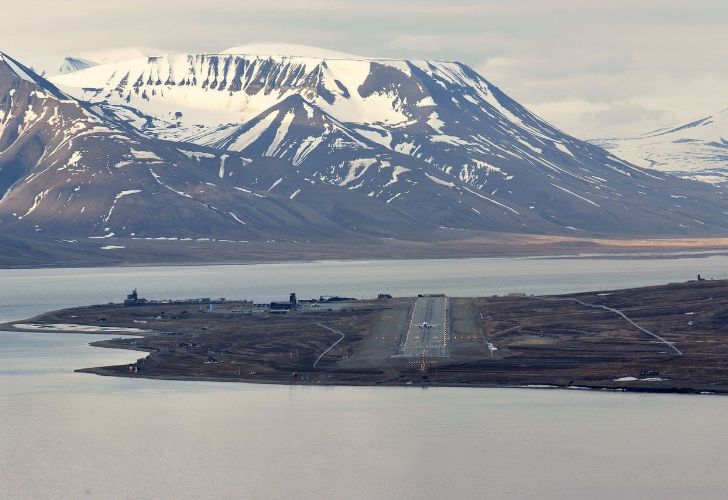
Svarlbard Airport is one of the world’s northernmost airports in the world. It has an 8,000 foot runway, but it’s built directly on top of ice. That shouldn’t be too surprising, since the airport’s only 800 miles away from the North Pole. The runway’s insulated so the permafrost won’t melt or shift during the summer. Additionally, only daytime flights are permitted, since there are no lights on the runway. And that can make things even more difficult, considering that the sun has trouble rising that far north. In 2017, the airport’s status was actually changed from international to national, as it didn’t meet all of the guidelines for international airports.
McMurdo Station
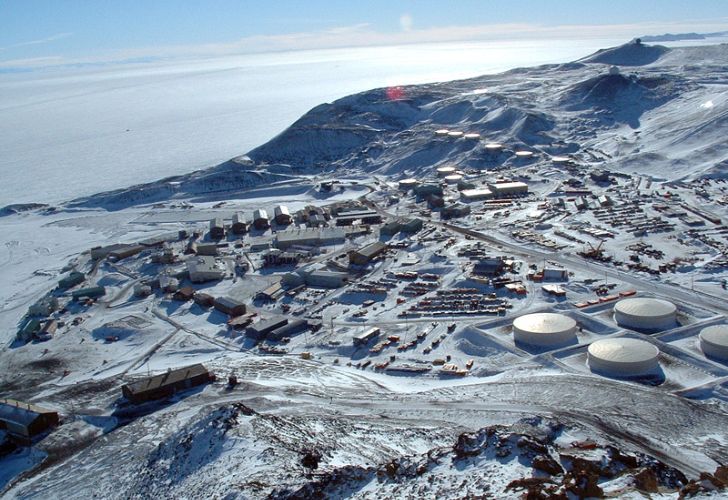
McMurdo Station’s Phoenix Runway in the McMurdo Ice Shelf is another landing strip made entirely from compacted snow. The Phoenix Runway replaced the Pegasus Runway in 2016 after 26 years, which provides flights for the US Antarctic Program. This far south, the sun doesn’t rise in the winter, leaving pilots landing blind, as the runway also doesn’t have any lights.
Barra Airport
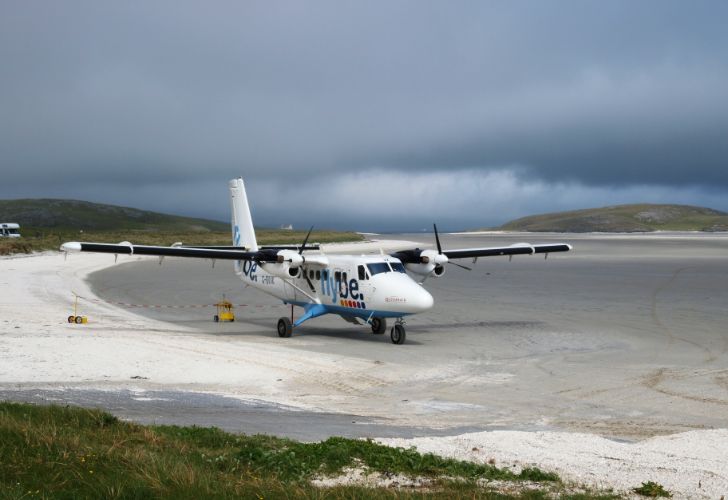
This is the only airport in the world where scheduled flights land on sand rather than concrete or tarmac. The runways for Barra Airport are actually submerged at high tide in Traigh Mhòr Bay, so you can only land at specific times of day. And, of course, let’s not forget about how bad weather can disrupt a flight schedule. Sometimes, people will be forced to fly back to Glasgow as opposed to landing here.
Matekane Air Strip

Matekane Air Strip ending with a 200 foot cliff doesn’t even seem that unique at this point. The air strip is located in Lesotho and is only 1,312 feet long. In 2009 it was even closed to both local and international travel.
Wellington Airport
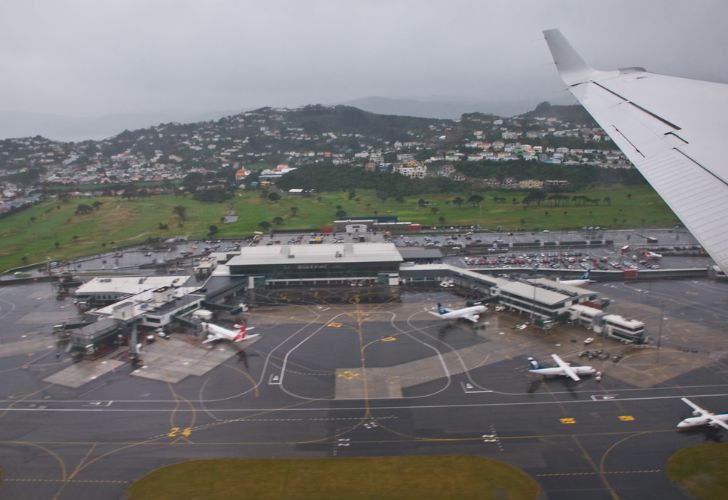
On the bright side, at least this one has what is claimed to be one of the best terminals in the world. Although, that’s more of a necessity. Wind shear and turbulence often rattle the passengers. And the runway, which is only one lane, is only 6,800 feet. It ends at water too. Even with their adherence to safety, pilots still advocate for a longer runway.
Kai Tak Airport
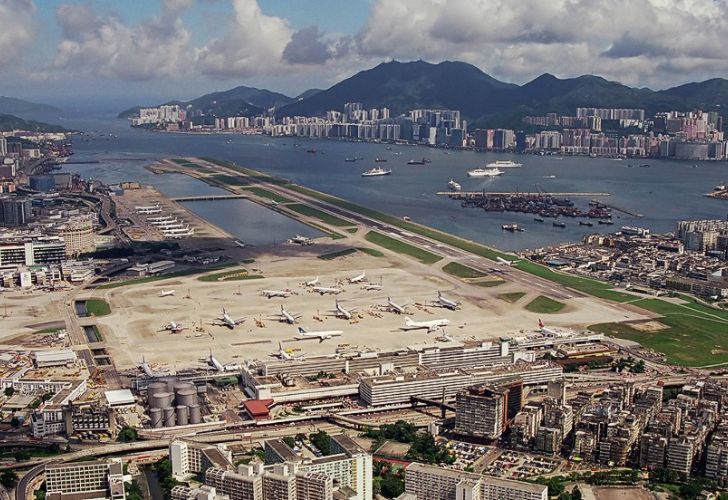
Kai Tak Airport was actually the international airport of Hong Kong until 1998. Then it was replaced with the Hong Kong International Airport. While not in service anymore, it’s easy to see why. It was home to many perilous landings and take-offs due to the crisscross winds that constantly blew in the area. Not to mention the region’s surrounded by hills.
Don Mueang International Airport
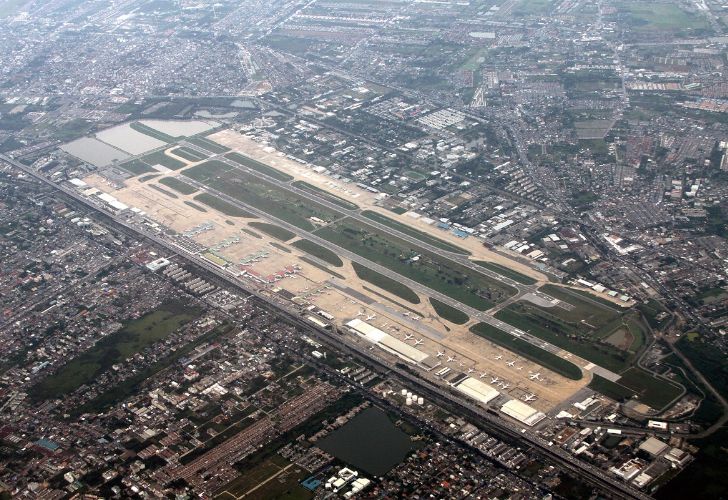
This is one of two international airports serving Bangkok. While there isn’t much wrong with the airport in comparison to others on this list, it is notably situated between two golf courses. And that is just an accident waiting to happen.
Sponsored Content

